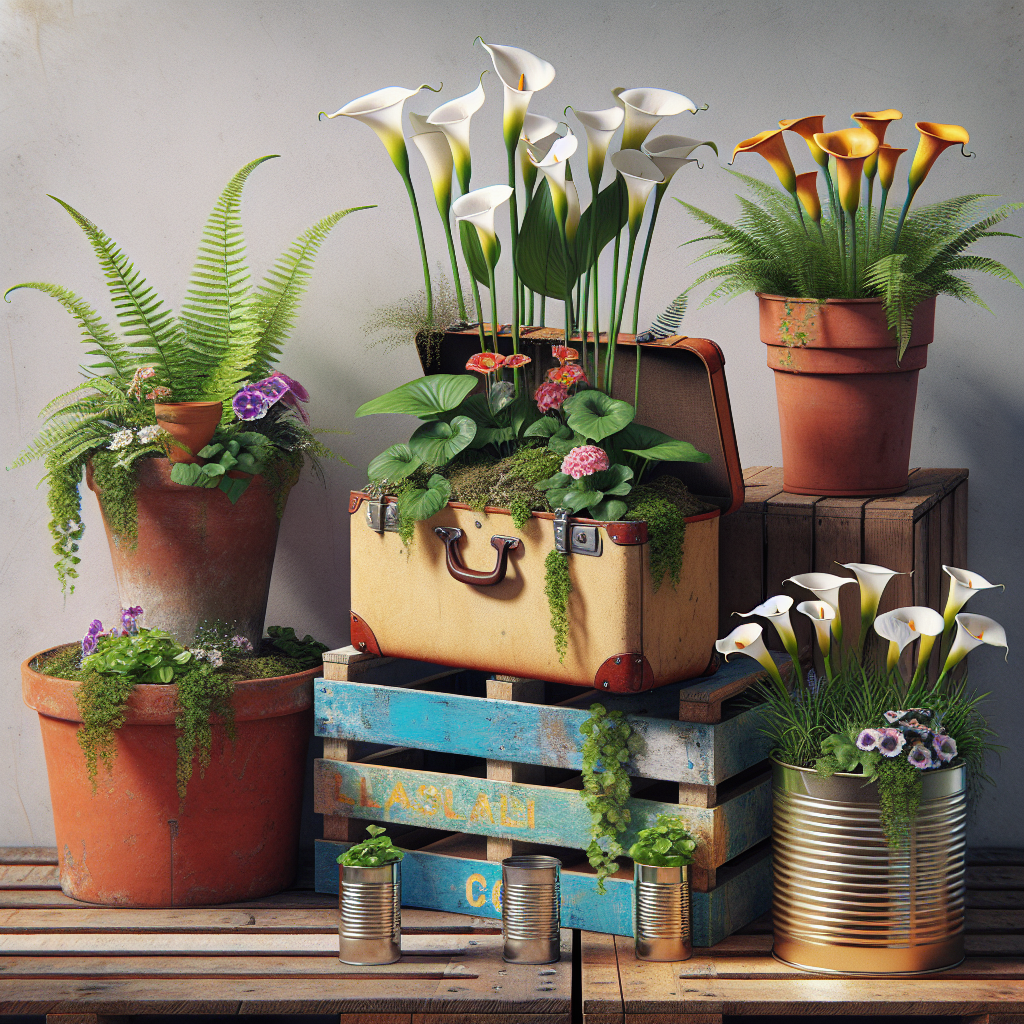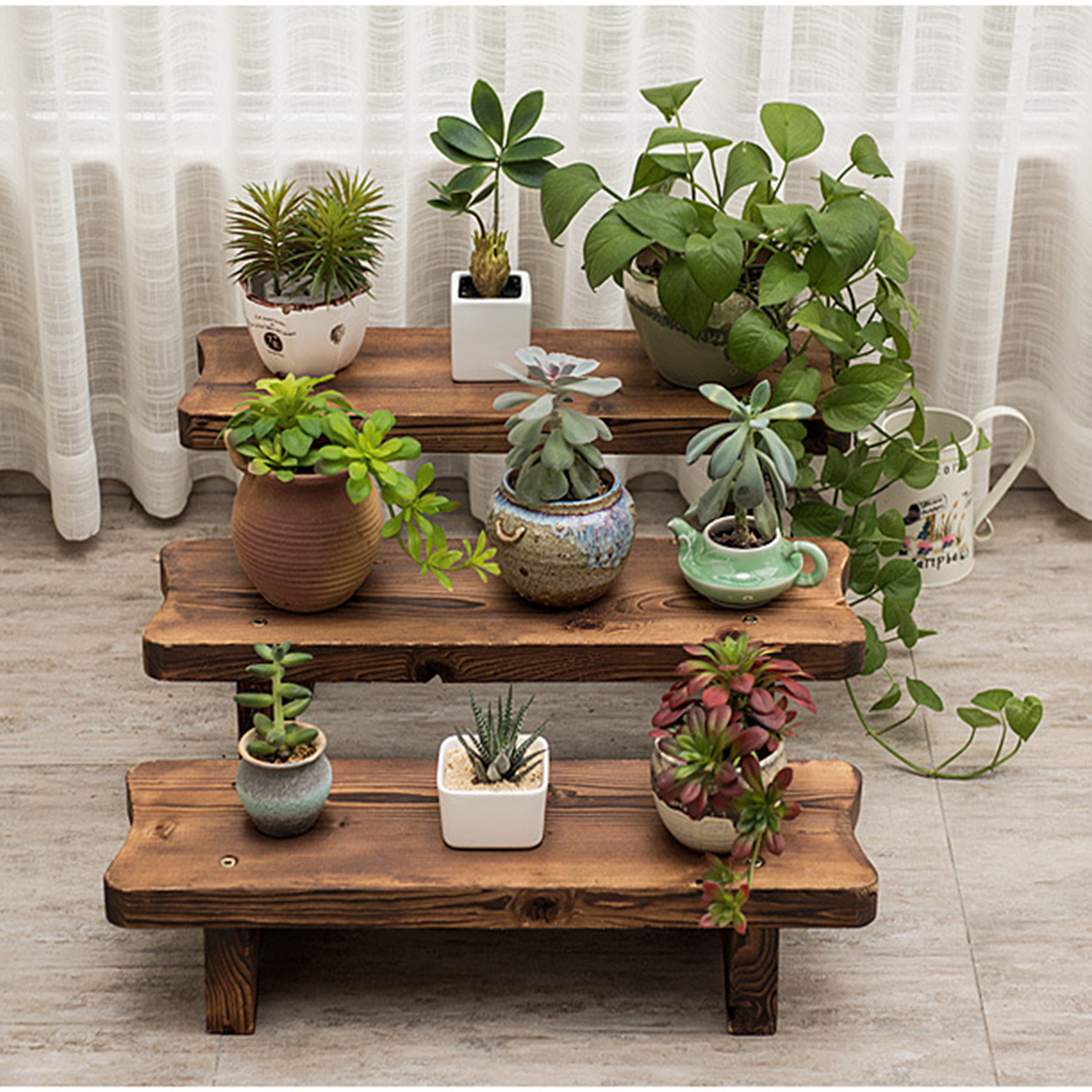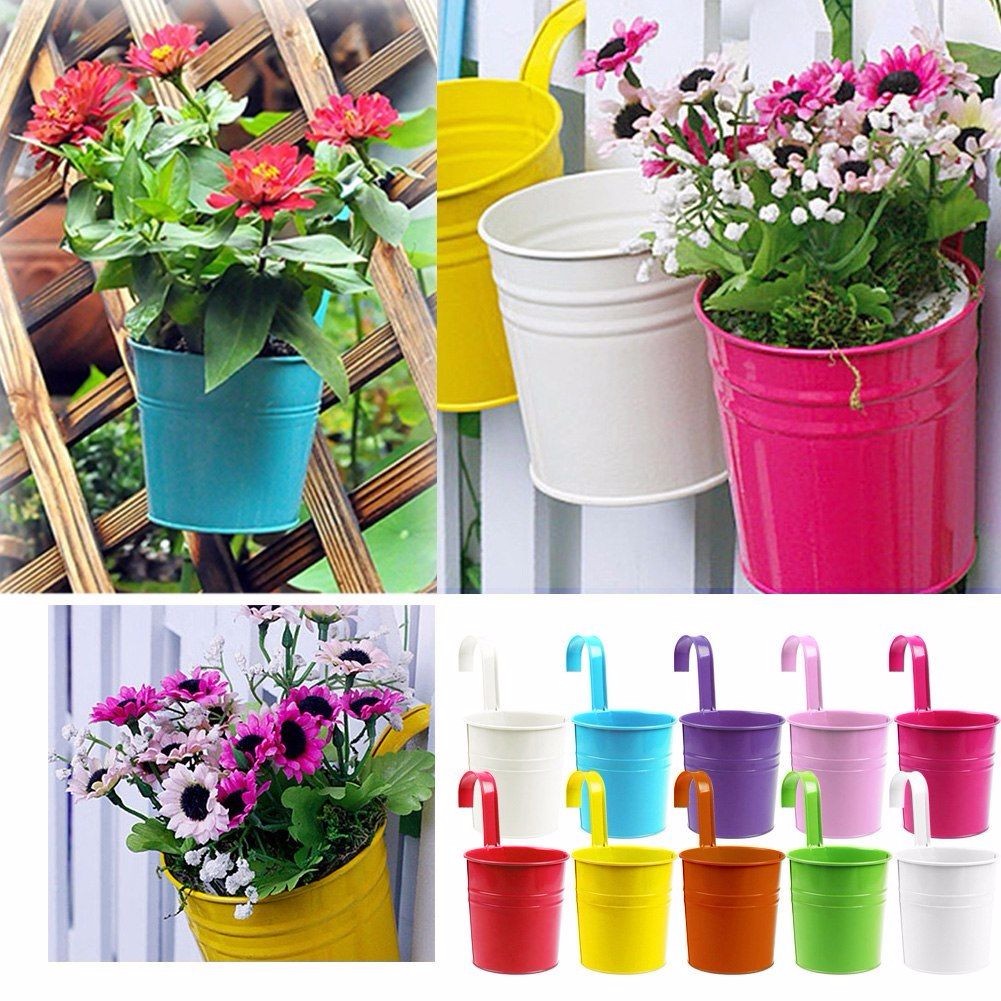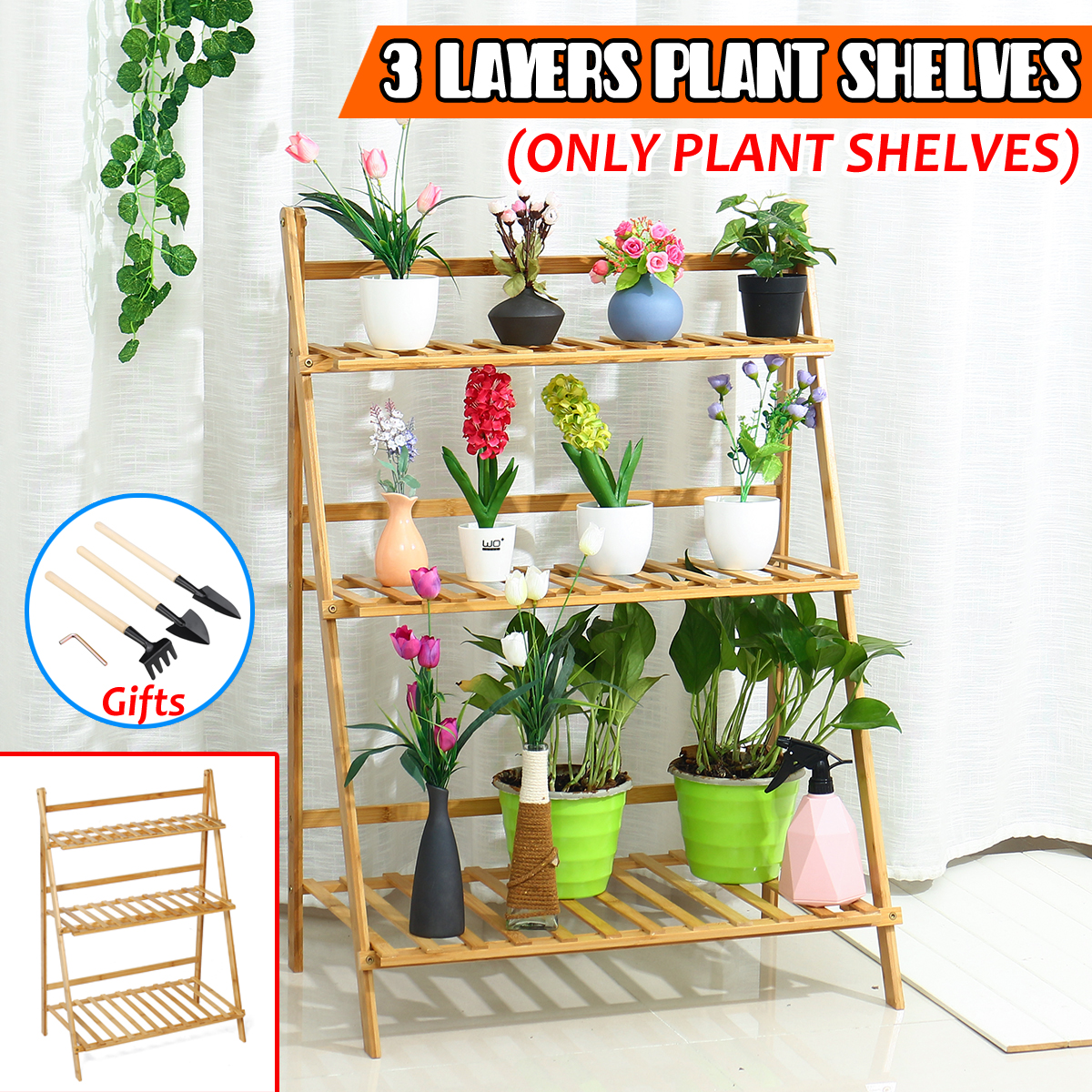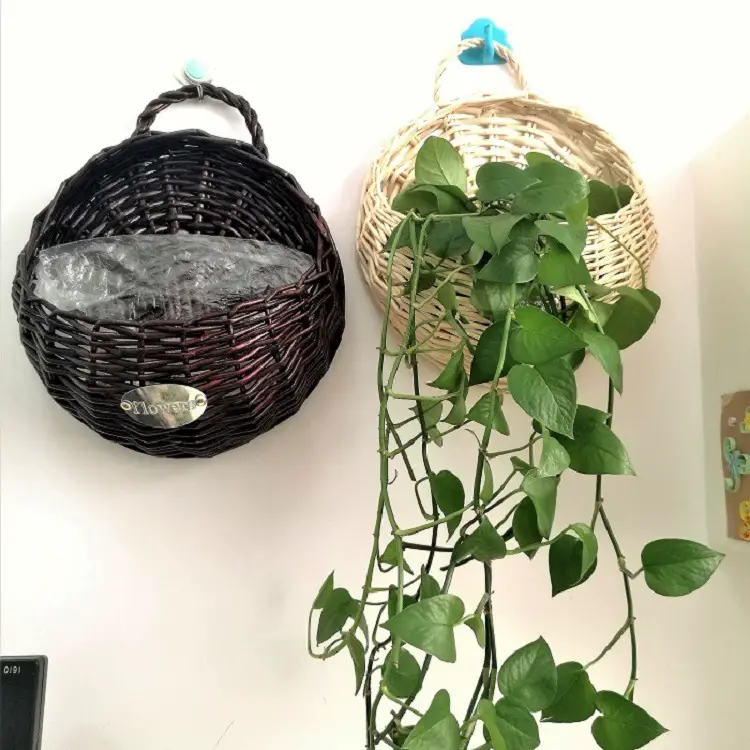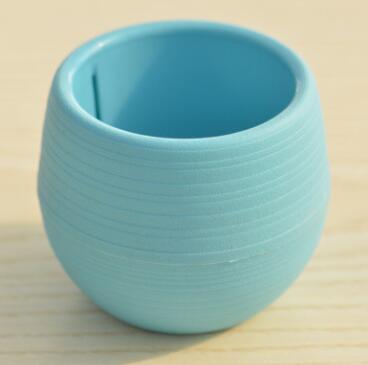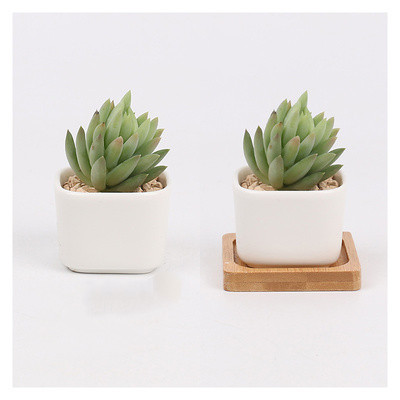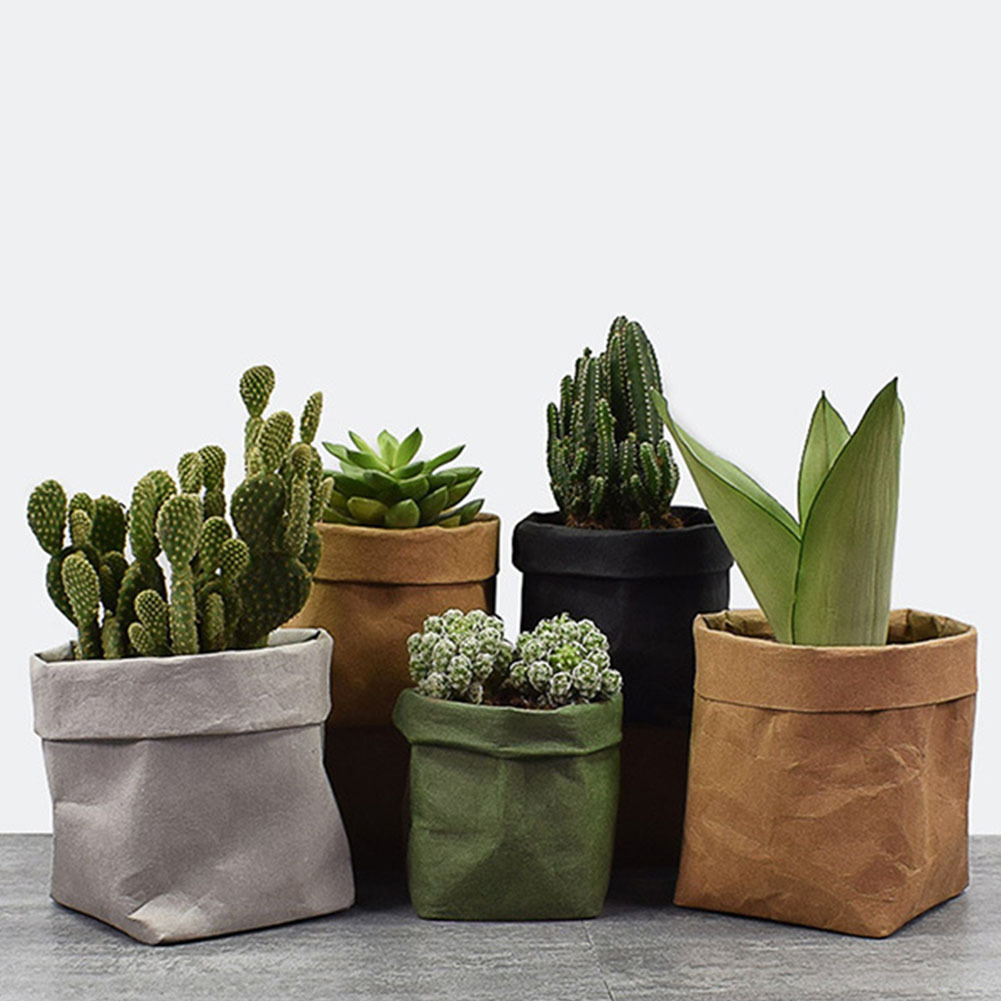Creative Ways to Start a Container Garden
Container gardening has become a popular practice for urban dwellers and individuals who aim to maximize their gardening adventures in limited spaces. Whether you’re an experienced gardener or a novice, starting a container garden can offer you numerous benefits—ranging from growing your own food to enhancing your living space with greenery. Here, we will delve into creative ways to initiate your own container garden, address how to "Grow Fresh Herbs in Containers," and provide a "Thriving Ferns in Containers: A Beginner's Guide" to ensure your garden is lush, sustainable, and vibrant all year round.
The Concept of Container Gardening
Container gardening involves growing plants in pots or other containers instead of planting directly in the ground. This method allows for flexibility in terms of location and mobility. Ideal for those with limited space, such as apartment terraces or balconies, container gardening permits anyone to enjoy fresh produce and beautiful flowers without the need for a traditional garden bed.
Containers can vary from simple pots to creatively repurposed items, and they can reside in your kitchen, patio, or any area that receives sufficient sunlight. The art of container gardening lies in the selection of suitable containers, plants, and the aesthetic arrangement of your garden space.
Choosing the Right Containers
The first step to starting a successful container garden is selecting the appropriate containers. When choosing, consider size, material, and drainage:
-
Size: Larger containers hold more soil, which retains moisture longer and accommodates deeper root systems. This is particularly important if you wish to grow vegetables or fruits.
-
Material: Common materials include clay, plastic, metal, and wood. Each has its pros and cons. For example, clay pots are porous and allow for air circulation, while plastic retains moisture better but could overheat.
-
Drainage: Ensure that your containers have adequate drainage holes. Overwatering is a common issue, and proper drainage prevents root rot and other moisture-related problems.
Creative Ideas for Containers
Creativity shines in container gardening through the unique use of unconventional items. Consider the following creative container ideas:
-
Repurposed Furniture: Turn old dressers or drawers into multi-level planters. Drill holes at the bottom for drainage, line with landscape fabric, and fill with soil to create an eye-catching garden setup.
-
Vertical Gardens: Utilize wall planters or stackable pots to optimize vertical space. Combining this with a mix of plant types can add depth and dimension to your space.
-
Recycled Materials: Use materials like tin cans, bottles, or old buckets. These can be painted or decorated to add a splash of color and character.
-
Hanging Baskets: Perfect for flowers like petunias or trailing plants such as ivy, hanging baskets introduce greenery at varying heights.
Grow Fresh Herbs in Containers
Herbs are one of the most popular choices for container gardening due to their utility in cooking and ease of care. Here’s how you can grow fresh herbs in containers:
Selecting Herbs
Begin by selecting herbs that suit your culinary preferences and growth conditions. Common choices include basil, parsley, cilantro, mint, rosemary, and thyme. These herbs thrive in containers and are useful for a wide range of dishes.
Planting Tips
- Soil: Use a high-quality potting mix to provide the essential nutrients.
- Light: Most herbs need at least 6-8 hours of sunlight per day. If indoor options are limited, consider using grow lights.
- Watering: Herbs generally prefer slightly dry conditions between waterings. Ensure your containers have good drainage to prevent excess water retention.
Pot Pairing
Create a herb garden by pairing complementary plants. For example, basil, parsley, and cilantro can share a container if growth habits and water needs align. Mint, however, is best grown alone due to its invasive nature.
Flowers for a Splash of Color
Integrate flowering plants in your container garden to introduce color and appeal. Annuals like marigolds and petunias provide season-long blooms, while perennials offer blooms year after year. Choose varieties that match your space’s light conditions and climate.
Thriving Ferns in Containers: A Beginner’s Guide
Ferns are excellent candidates for those wishing to add lush foliage to their container garden. They are famed for their textured leaves and low-maintenance needs. Below is a guide for beginners looking to cultivate thriving ferns in containers:
Selecting the Right Fern
Choose ferns based on their size, light exposure, and humidity needs. Popular options include Boston fern (Nephrolepis exaltata), maidenhair fern (Adiantum), and bird’s nest fern (Asplenium nidus).
Planting and Care
-
Potting Mix: Utilize a rich mix that retains moisture but drains well. Adding peat moss or coco coir enhances moisture retention.
-
Light: While ferns generally prefer shady to lightly sunlit conditions, some can tolerate direct sunlight in short doses.
-
Humidity: They thrive in humid environments, so consider misting them regularly or placing a humidity tray nearby.
-
Spacing: Avoid overcrowding to ensure good air circulation around the foliage.
Incorporating Edible Plants
Expand beyond herbs by incorporating vegetables and fruit-bearing plants like cherry tomatoes, peppers, or strawberries. Dwarf varieties are well-suited for containers and can produce ample harvests in tight spaces.
Sustainability in Container Gardening
Sustainability is an essential aspect of modern gardening. Here are some sustainable practices you can implement:
-
Organic Soil and Fertilizers: Opt for organic potting mixes and fertilizers to maintain a natural garden that promotes plant health and soil fertility.
-
Water Conservation: Use methods such as drip irrigation or self-watering pots to conserve water. Collecting rainwater for irrigation is another sustainable option.
-
Plant Companionship: Design your container garden with companion planting methods to naturally deter pests and boost plant growth.
Community and Sharing
Engage with the gardening community by participating in online forums, attending gardening workshops, or exchanging plants with neighbors. Sharing your experiences can inspire others and foster a network of fellow gardeners.
Conclusion
Creating a stunning and productive container garden is an art that combines creativity, practicality, and a love for plants. By experimenting with innovative container ideas and learning how to grow fresh herbs and thriving ferns, you can enjoy the satisfaction of a personalized green space, no matter your living situation. Embrace the journey, remain patient, and soon, you’ll reap the rewards of your green thumb. Whether growing vibrant flowers, aromatic herbs, or nourishing vegetables, container gardening allows you to cultivate life while enhancing the beauty and utility of your environment.


